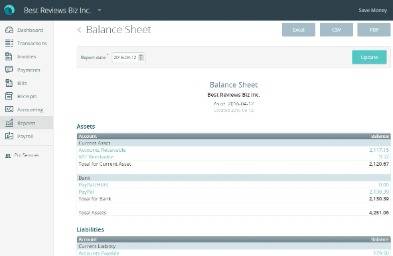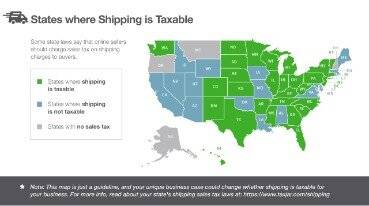
Join the 50,000 accounts receivable professionals already getting our insights, best practices, and stories every month. These discrepancies happen when human error (like incorrectly keyed information) causes there to be differences between the general ledger and the subledgers. These discrepancies happen when you neglect to capture a few entries in the general ledger but include them in other statements.
Going account by account, look at all the transactions listed in your ledger. Then, compare the amounts with any invoices and other documentation to forms and associated taxes for independent contractors make sure they match. Some accounts can be automated, like bank accounts, but others will need to be done by hand, either on paper or with software.
hitting the “submit” button too many times.
This discrepancy might be due to outstanding checks, bank fees, or even an error. By identifying and resolving these differences, businesses ensure their financial records are accurate and up-to-date. Companies need to reconcile their accounts to prevent balance sheet errors, check for possible fraud, and avoid adverse opinions from auditors. Companies generally perform balance sheet reconciliations each month, after the books are closed for the prior month. This type of account reconciliation involves reviewing all balance sheet accounts to make sure that transactions were appropriately booked into the correct general ledger account.

By reconciling financial records, such as bank statements, invoices, and receipts, businesses can identify discrepancies and irregularities and protect themselves against potential fraud. Account reconciliation is the process of cross-checking a company’s financial records with external documents, such as bank statements. Its purpose is to ensure accuracy and consistency of financial data, which is vital for informed decision-making and maintaining financial integrity. As mentioned above, account reconciliation involves comparing internal account information against external documents.
document. This is the method described in this article, since it is the most
If this profile option is set to Yes, the Summary report may equal
zero and the detail report will list these zero amount journal lines. This doesn’t prevent Period Close and doesn’t cause reconciling issues
as the net effect on the report is zero. Every time you run the extract program, it refers
to the value of the Reconciliation Data Purge
Frequency profile option.
- We’ll cover best practices and strategies that organizations can use to streamline their reconciliation processes, minimize errors, and establish a solid foundation for financial management.
- On the other hand, general ledger reconciliation focuses on the internal review of accounts.
- All trust transactions in the internal ledger should be accurately recorded and should align with transactions in the individual client ledgers.
- The process of account reconciliation is all about creating a more robust and reliable financial foundation for your business.
- For example, a company maintains a record of all the receipts for purchases made to make sure that the money incurred is going to the right avenues.
Next, match the entries in the general ledger with transactions on the statement. Adding to the challenge, sometimes an entry in the general ledger may correspond to two or more entries in a bank statement, or vice versa. Later that day, you get an urgent text from your bank that your account is overdrawn by $5,000. If you had performed regular bank reconciliations, you would have known about that check and to keep your eyes peeled for it. Reconciliation can help you monitor your cashflow so you have enough to cover your business needs. Perhaps the Excel spreadsheet you used to calculate the journal entry has a formula error.
especially when the second source of information comes from an external,
Some systems record all transactions involving cash in a ledger called a cashbook. Reconciling these accounts is usually a simple matter of making sure that the balance in the relevant subledger or schedule matches the balance in the general ledger. Accounting reconciliation plays a fundamental role in ensuring that financial statements are reliable, detecting errors, preventing fraud, and maintaining compliance with regulatory requirements. Businesses that prioritize effective reconciliation practices put themselves in a strong position to make informed decisions, mitigate risks, and maintain the financial health necessary for long-term success. Also, transactions appearing in the bank statement but missing in the cash book should be noted.
Reconciled accounts provide a clear picture of an organization’s financial health, enabling better strategic planning and investment decisions. Reconciliation can uncover discrepancies or unauthorized transactions, which may indicate fraudulent activities. Detecting fraud early can prevent financial losses and damage to an organization’s reputation.
interest expense in the GL balance is materially close to the estimate, then the
However, if you decide to tackle the task on your own you can save a lot of money. Also, if your business is small and you’re just starting out, reconciling your own accounts can be a valuable learning experience. And, because Clio integrates with best-in-class accounting tools like QuickBooks and Xero, you can use them together to further simplify reconciliations. When using Clio together with these integrated accounting solutions, trust account updates made in Clio are then automatically updated in QuickBooks or Xero. To learn more about how Clio can help law firms to easily manage trust accounting and three-way reconciliation, while staying compliant, read our guide here. After scrutinizing the account, the accountant detects an accounting error that omitted a zero when recording entries.

Commenti recenti